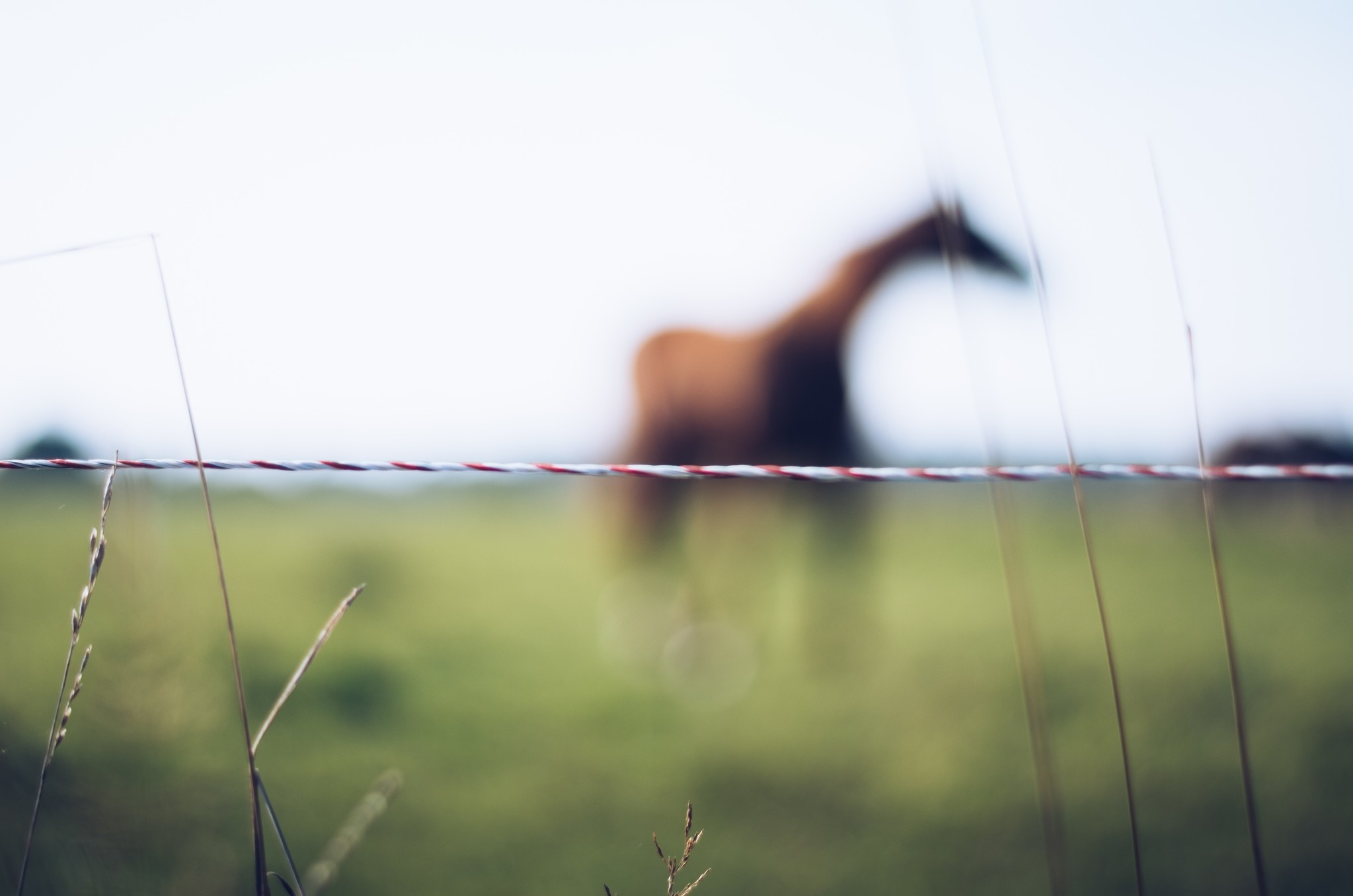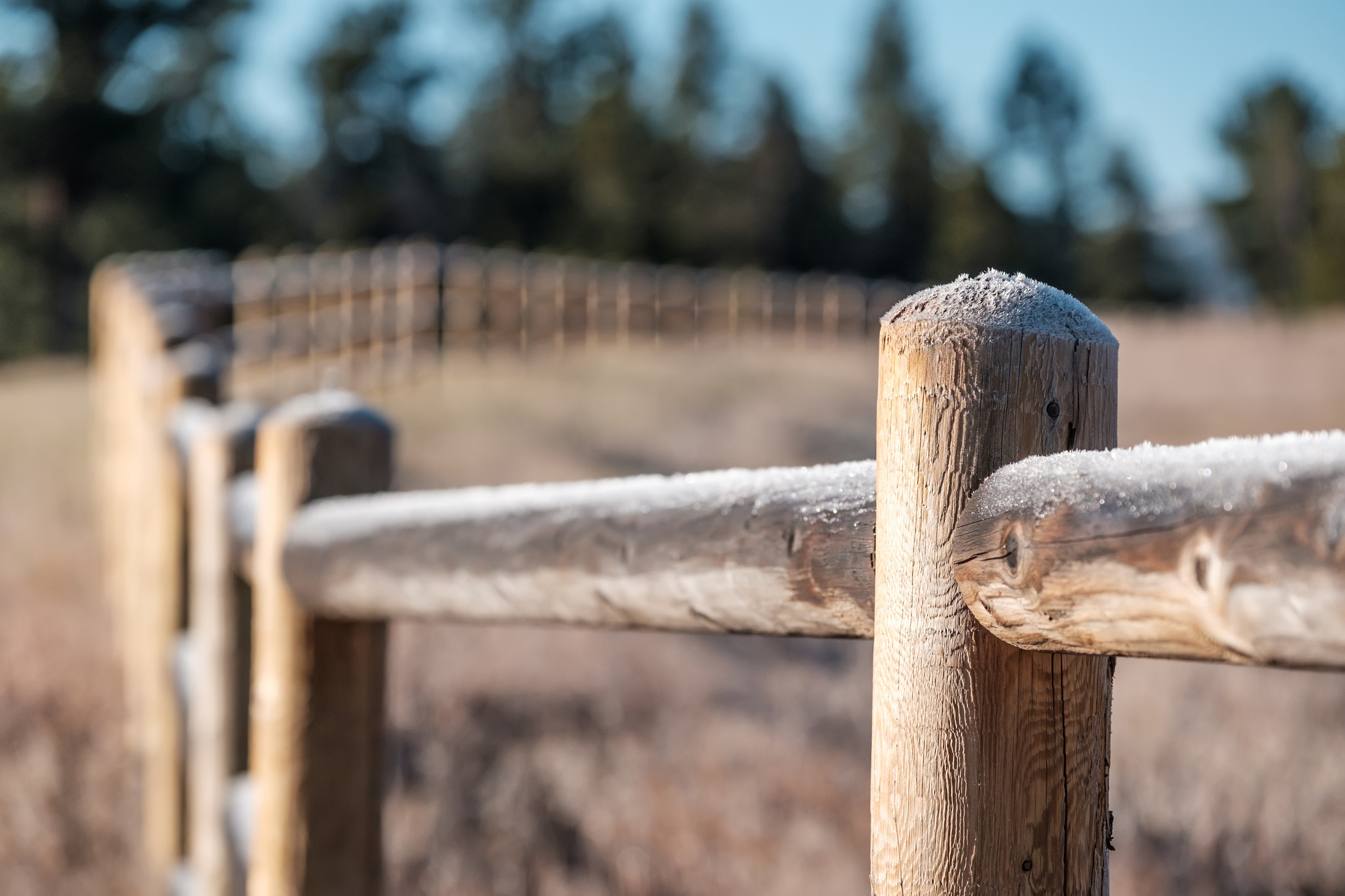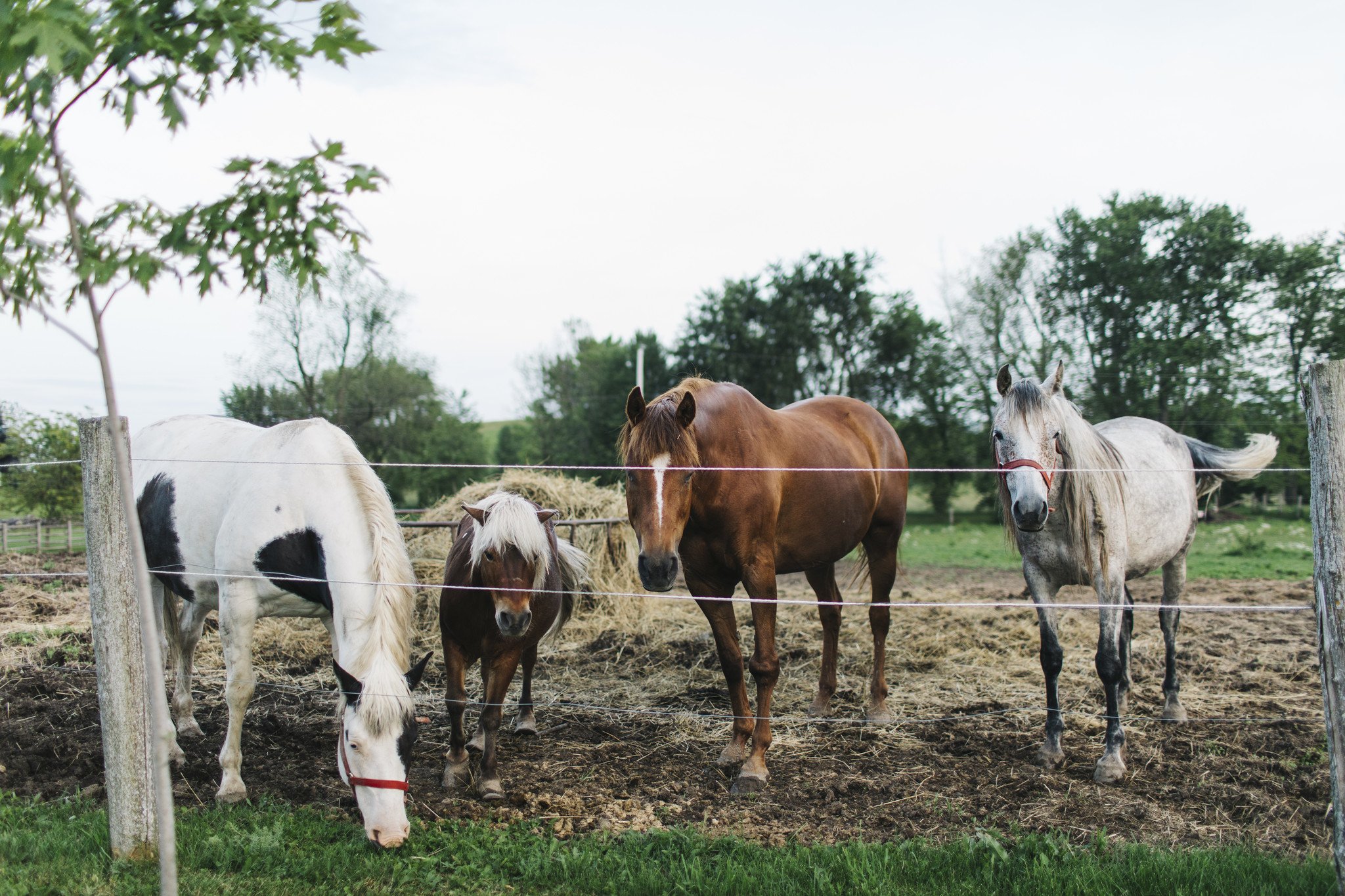How to choose your fence?
- Posted on
- Posted in Fence, Professional Advice
- 0

A fence is a means of protecting and delimiting a space, a garden or a plot of land. It is of great importance for livestock farming. It is a valuable aid in keeping animals safe in an enclosure. This accessory adds real value to an estate. To ensure privacy and security, the right choice of fence must be made. Of course, this is a matter of taste and common sense. However, there are a number of important criteria that need to be taken into account.
Why use a fence?
Fencing comes in many forms. It differs according to the farming methods and the animals. You do not need the same models for chickens as for cattle. Regardless, this accessory is important to protect your animals from prying eyes, intruders or just to prevent them from leaving your property.
In a farm, the use of a fence is mainly to delimit the outdoor space in which your animals will evolve. It also allows you to separate the different individuals if necessary, for example in case of injury or during breeding periods. This helps to control their movements, prevent intrusion by malicious persons and above all prevent them from escaping. It is also essential to prevent your farm from being overrun.


Important elements of a fence
Animal fencing has a number of essential elements to ensure that it can perform its role properly. First of all, it can be made of different materials such as wood, stone, concrete, plastic, iron or steel. Classic models are made of wood to limit the garden. Modern architectural styles use metal.
Flexible fences are used to delimit a large area of land. They can be combined with plant hedges or a privacy screen. Rigid fences are characterised by their solidity and resistance in order to last over time. To best keep animals, choose electric fencing. Several key components are required, including the energiser, conductor, posts, net and insulators.


Selection criteria according to the type of animal
Electric fencing requires a low current around the enclosure to provide protection. It is made of wire and therefore provides better conductivity. The objective is simply to deter the animal from approaching the fence. Tape is easier to use and provides better visibility. However, this material is more fragile. It is more suitable for large animals such as horses or cows.
Netting also has excellent visibility. It is ideal for preventing predators from entering the area and protecting your rabbit or poultry farms. However, this choice is only effective in small areas such as the chicken coop or small rabbit pens.
The posts are used to support the driver along the fence. The choice of material depends on the size of the space and the budget. PVC is a perfect alternative in terms of strength and durability. Wood is less resistant to the weather and breaks easily.


Technical tips for installing the fence
To install the fence, choose the energiser according to the type of animals. Opt for a low power to keep the most docile animals such as dogs, cattle or trained horses or to enclose a small pen. A higher voltage is needed to protect a large field full of sheep, goats or poultry.
The mains power system can be solar powered, which is more autonomous and ecological, a rechargeable battery, or a battery. For livestock, the fence should be between 0.85 and 1.60 m high. The posts are spaced 3 to 6 m apart if it is a tape, 6 to 8 m for a wire or cord, and even more for special wires.
And if this article has interested you and you are looking for the perfect fence for your animals, we invite you on our store by clicking on the following link: https://www.myfarmbase.com/en/search/fence/?q=fence


Comments
Be the first to comment...